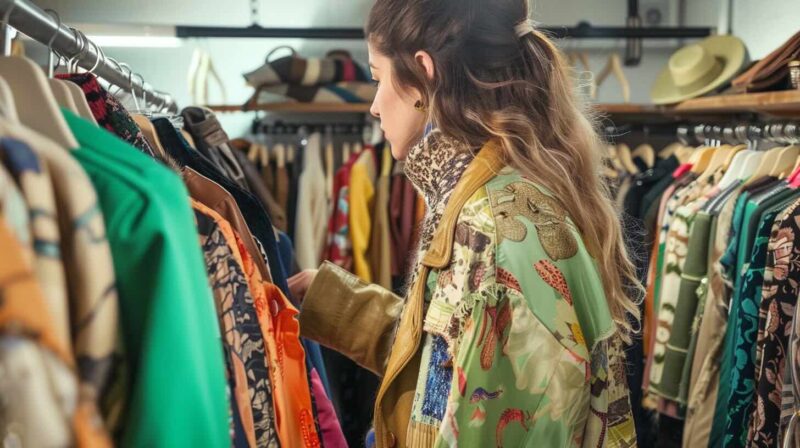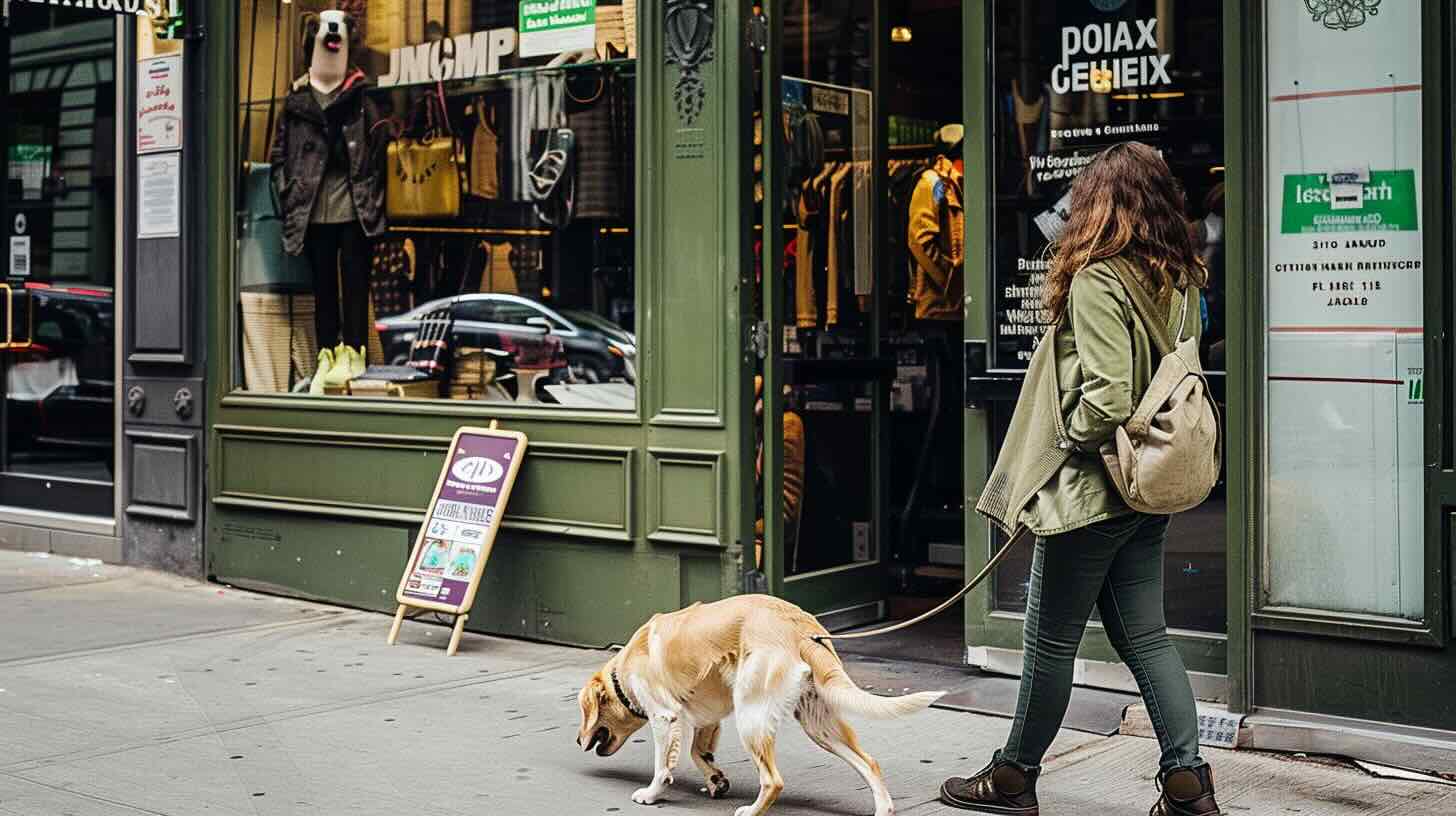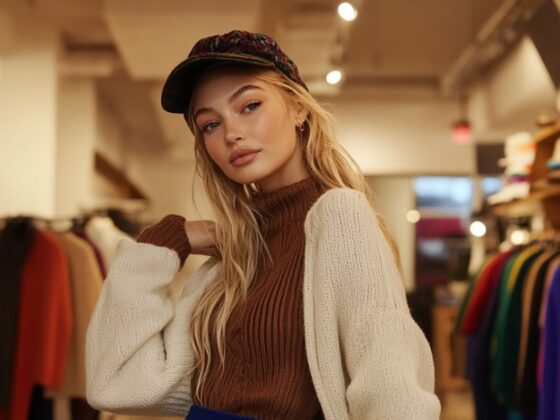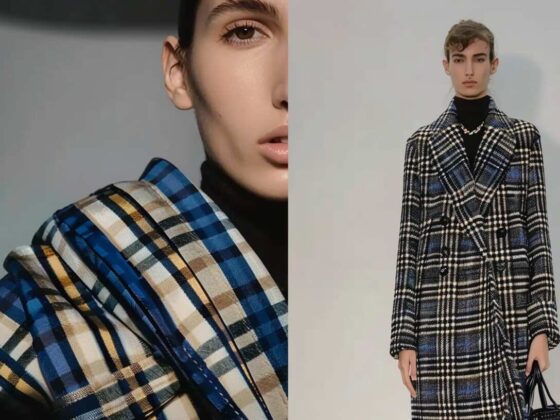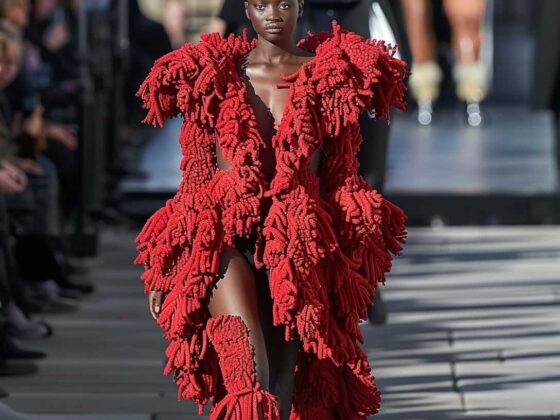In the swirling world of fashion, where vintage vibes meet modern muses, the second-hand clothing market is booming 💥 like never before. With a flair for sustainability, the pre-owned parade is on an undeniable upswing, painting thrift stores and online platforms with a palette of past and present. Yet, amidst this bustling bazaar, a puzzling trend emerges: profits are playing hide and seek, leaving businesses scratching their heads in bewilderment.
From the high streets of the UK where 67% of millennials embrace the allure of second-hand, to the digital doorsteps of Gen Z’s closets bursting with pre-loved treasures, the fashion resale market is set to double its dazzle to $3.5bn by 2027. But, as these treasure troves expand, the elusive golden egg of profitability remains just out of reach.
The narrative unfolds across continents, from America’s ThredUp and The RealReal to Lithuania’s Vinted, each sharing tales of growth without the glow of green. The UK’s own Depop and the luxury spotlight on Vestiaire spin similar yarns of losses, despite optimistic forecasts. This conundrum stretches to the for-profit sorters in the UK and the bustling markets of Ghana, where the quality of donations dwindles and profits plunge.
The heart of the matter beats to an economic drum. The avalanche of clothing churned out by fast-fashion factories is burying the second-hand scene under a mountain of excess. Yet, there’s a glimmer of hope. Innovative minds ponder the possibilities of government interventions, tech solutions, and a redefined economy where the pre-owned market can flourish as a sustainable champion.
As we stand at this crossroads, the question looms large: Can the second-hand clothing market weave a profitable pattern while dressing the wounds of our planet? Only time will tell, but one thing is for certain: the fashion-forward is ready to turn this challenge into a chic, sustainable success 🌍👗.
The Ripple Effect: From Celebrities to Consumers
As the spotlight shines on the glitzy glamour of celebrities trading in their designer duds for thrifted threads, a cultural shift is underway. Icons of influence are not just embracing the trend; they’re setting the stage for a fashion revolution. The ripple effect is palpable, as eco-conscious stylists and TikTok trendsetters curate collections of thrift finds, drawing shoppers into the allure of unique, pre-owned fashion. This seismic shift is more than a fad; it’s a movement, transforming the way we think about and engage with fashion.
Striking a Balance: Economic Challenges vs. Environmental Gains
At the heart of the second-hand saga lies a delicate balance between economic challenges and environmental gains. While the market struggles to stitch together a profitable model, the environmental imperative of reducing clothing waste and curbing fast fashion’s footprint is undeniable. The journey toward profitability is fraught with obstacles, from high labour costs to the diminishing quality of donated goods. Yet, the drive to create a sustainable, circular fashion economy presses on, with innovators seeking solutions that align financial viability with ecological responsibility.
A New Dawn: Rethinking the Resale Model
In the quest for profitability, some visionaries are reimagining the second-hand clothing model. From introducing fees for processing donated items to leveraging technology for efficient sorting, the industry is on the cusp of transformation. The potential for scannable tags and automated systems to reduce labour costs and increase efficiency is a beacon of hope. As these changes take root, the dream of a second-hand market that is both economically sustainable and environmentally beneficial is inched closer to reality.
As we look to the future, the second-hand clothing market stands at a crossroads. With the right blend of innovation, policy support, and consumer engagement, this vibrant sector can emerge as a cornerstone of a sustainable fashion industry. The journey is complex, but the reward—a planet-friendly, profitable market—is a vision worth pursuing. Let’s embrace the challenge, champion sustainability, and weave a new narrative for the fashion world.
Ready to be part of the sustainable fashion future? Dive into the diverse world of second-hand fashion and discover how you can contribute to a greener planet and a more vibrant wardrobe. Your next fashion find awaits!
